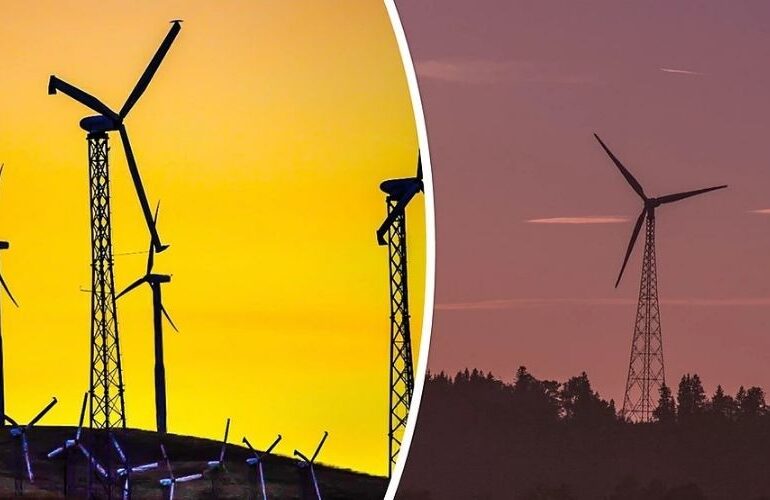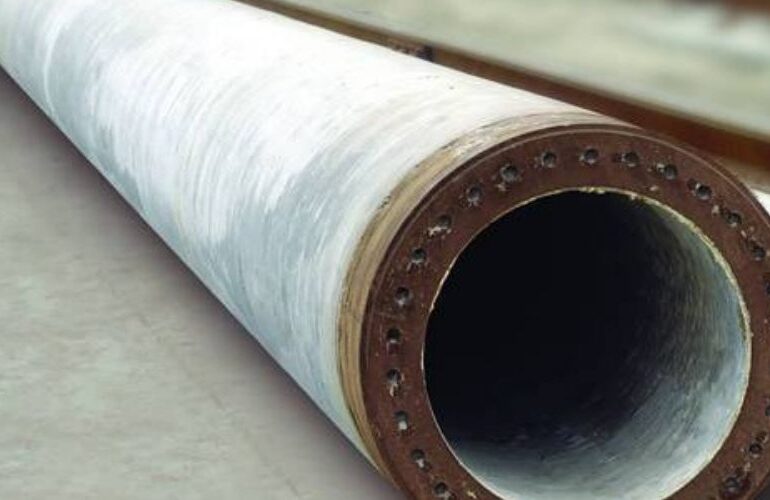The wind industry is continuously innovating and collaborating with technologies and new trends wherein larger rotors, taller towers and increased power outcome come in place. The tariff policy holds on top when the companies compete to bring about innovations and technological advancements.
The wind energy is being effectively utilized over the past few decades but apparently not being exploited to maximum because of the existence of conflicting objectives or constraints like number of turbines, wind speed, availability of area, topology of the terrain etc. Wind Farm optimization is the one which overcomes the above mentioned constraints and operates with the help of several tools, models and strategies which bring about setting an optimum layout of the WTs in terms of number of turbines for a wind farm, orientation of the turbines based on the wind speed bin data and wake effect. Wind Farm Optimization intents to bring about increased power output or an increased Annual Energy Production (AEP). The power production tends to increase with such optimization of layout of the wind turbines.
Computational Fluid Dynamics (CFD) based optimization techniques is being predominantly used in carrying out wake studies in a model wind farm. Wake Effect is being predominantly found to reduce the power production in terms of quantity and quality such that the wake of the upstream turbine is found to affect the power production of the downstream turbine which in turn increases the maintenance cost of the downstream turbine. The wind flow and turbulence across the wind turbines in the wind site could be understood precisely upon the cost of a three- dimensional model and with a decent computational capacity. CFD is greatly relied upon due to its robustness and reliability in simulation of the entire wind farm and is known to greatly contribute to the pre-construction energy yield analyses. Several open source CFD solvers like Open foam, SOWFA by NREL are being utilized for wind farm simulations. CFD simulation results are usually integrated with certain optimization algorithms geared up for maximum power production.
The game does not end only with optimization of the wind farm, there always exists a scope of generating more power even from the optimized wind farm. The cost per unit of power produced could sufficiently be reduced to few paise and the progressive cost in saving of the entire wind farm would augment to better financial benefits to the stake holders. We at NEXHS are working towards bringing up a marginal increase in power production from the existing optimized wind farms. In this context comes in, the concept of Wind Farm Automation (WFA).
Based on the CFD simulation, the parameters which affect the power production of an existing wind farm is analysed. The parameters typically include yaw of the wind turbine, pitch of the blade and rated wind speed. Consequently, the data is fed to an Artificial Intelligence-based (AI) algorithm. The AI algorithm is trained with several wind data so that it proposes optimum parameters replacing the “greedy control “of power productions of the individual turbines with an optimized farm efficient approach.
In real time conditions, the lidar in the wind farm senses the oncoming wind data to the control system (SCADA) which works out the AI based algorithm and comes up with an optimum yaw or pitch angle for each of the turbine in the wind farm for increased power production. The algorithm can also propose to free wheel certain turbines for obtaining optimized farm efficiency. The automation system sends the necessary output to the controller which handles the mechanical controller of each of the turbine.
So, the proposed CFD-AI integrated system gives a better chance of increased financial returns by increasing the AEP, improving the life of the turbine tower and foundation and also a lesser maintenance cost. The physical labor is being replaced by automation tools in many industrial sectors and the wind energy sector is also not an exclusion.





Hi, this is a comment.
To get started with moderating, editing, and deleting comments, please visit the Comments screen in the dashboard.
Commenter avatars come from Gravatar.